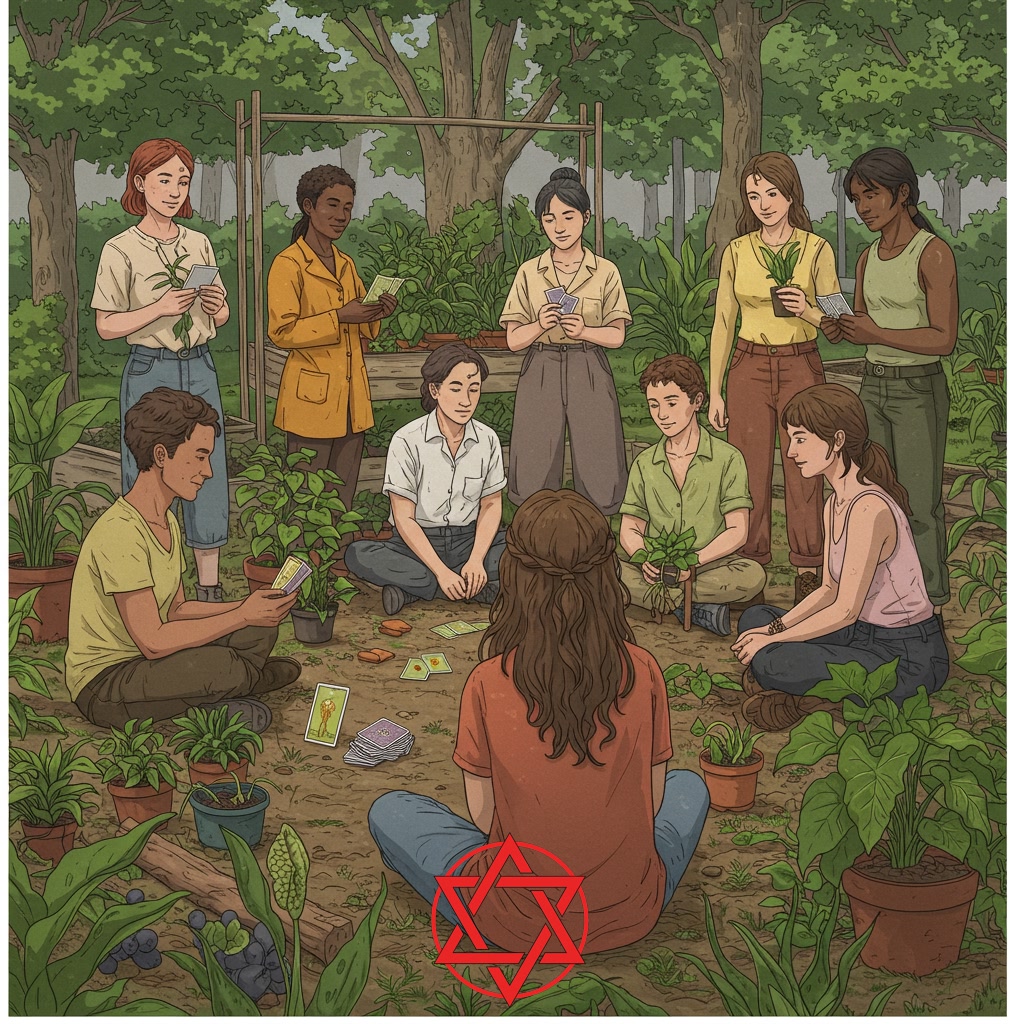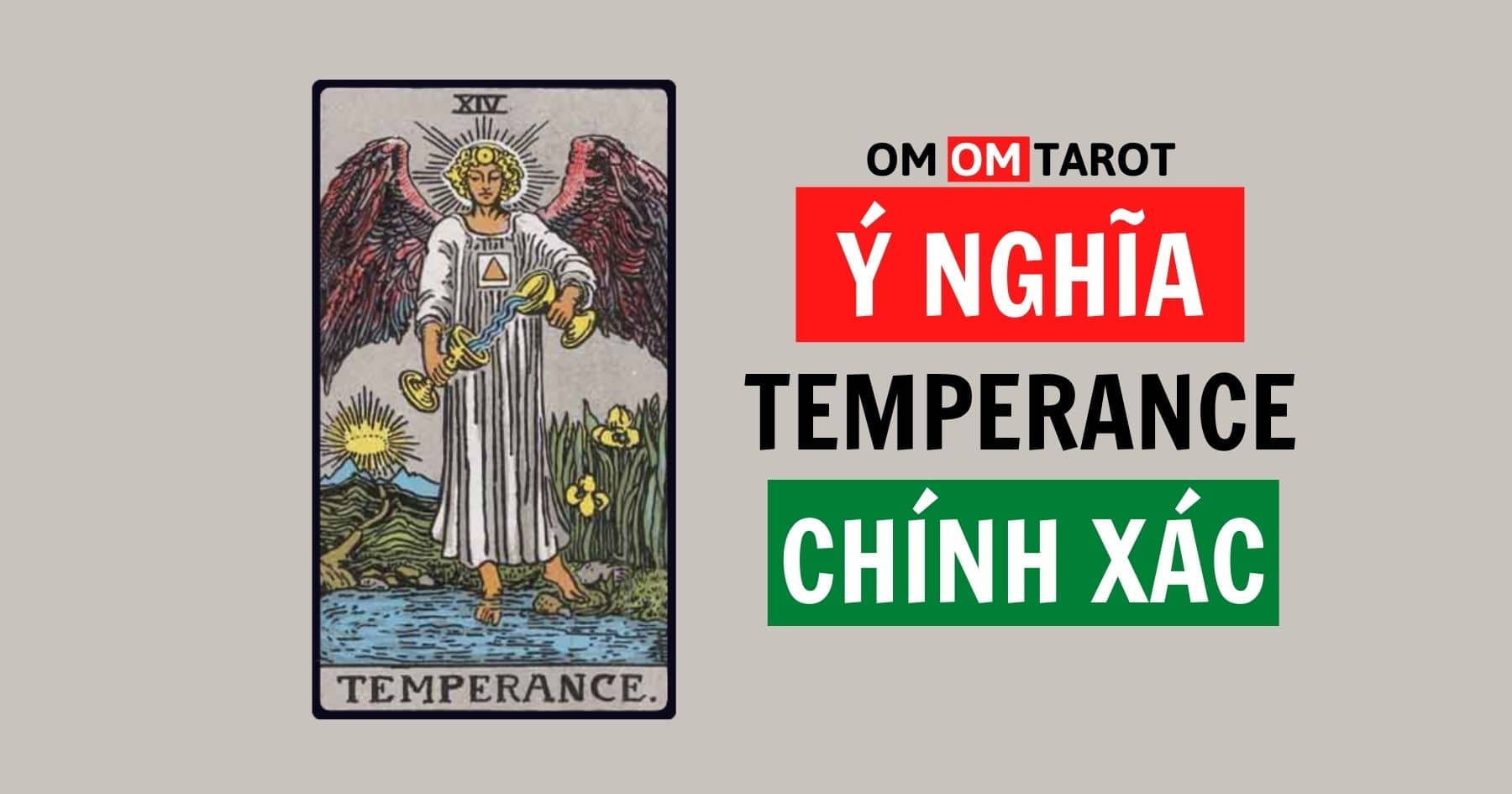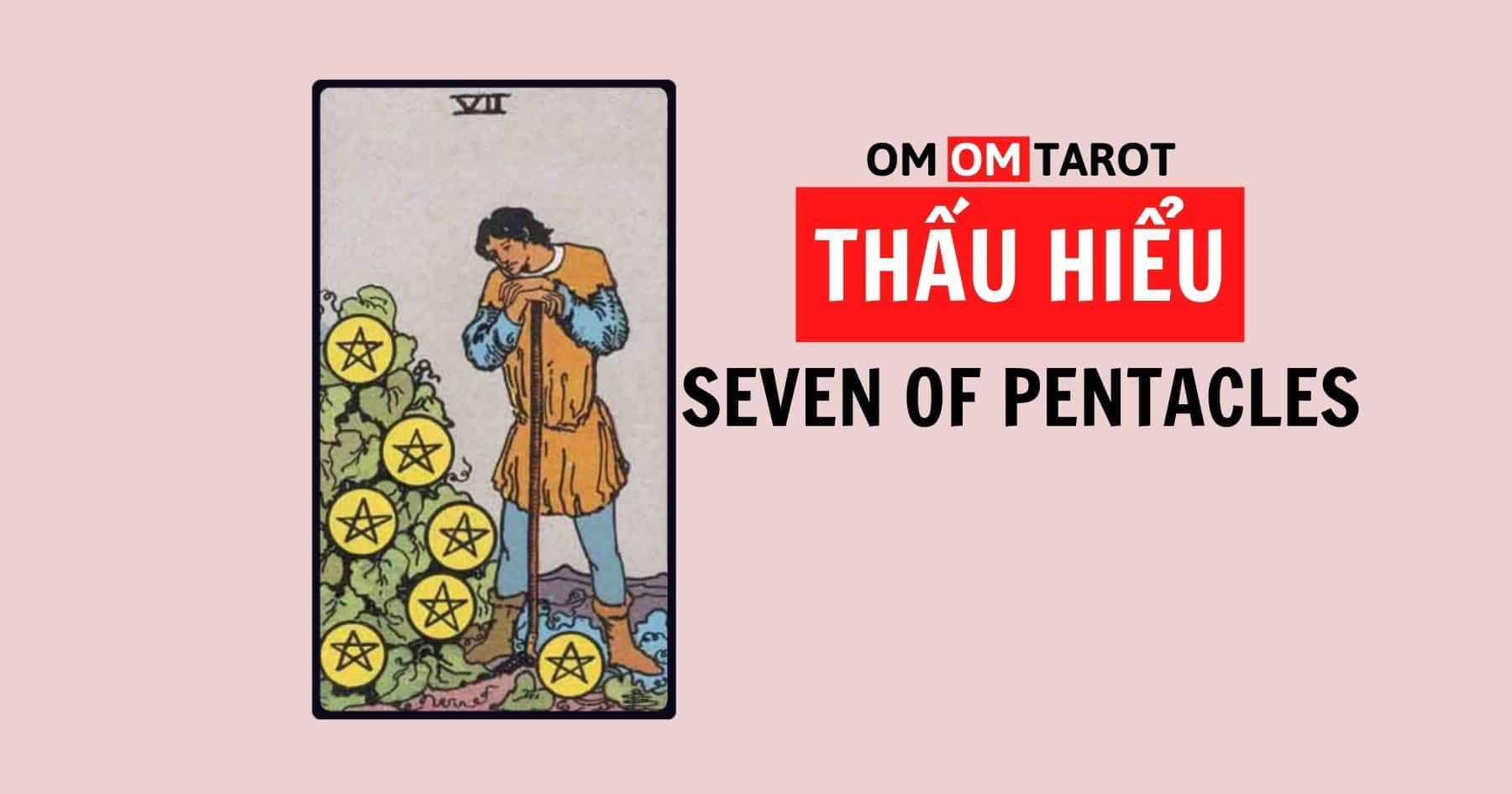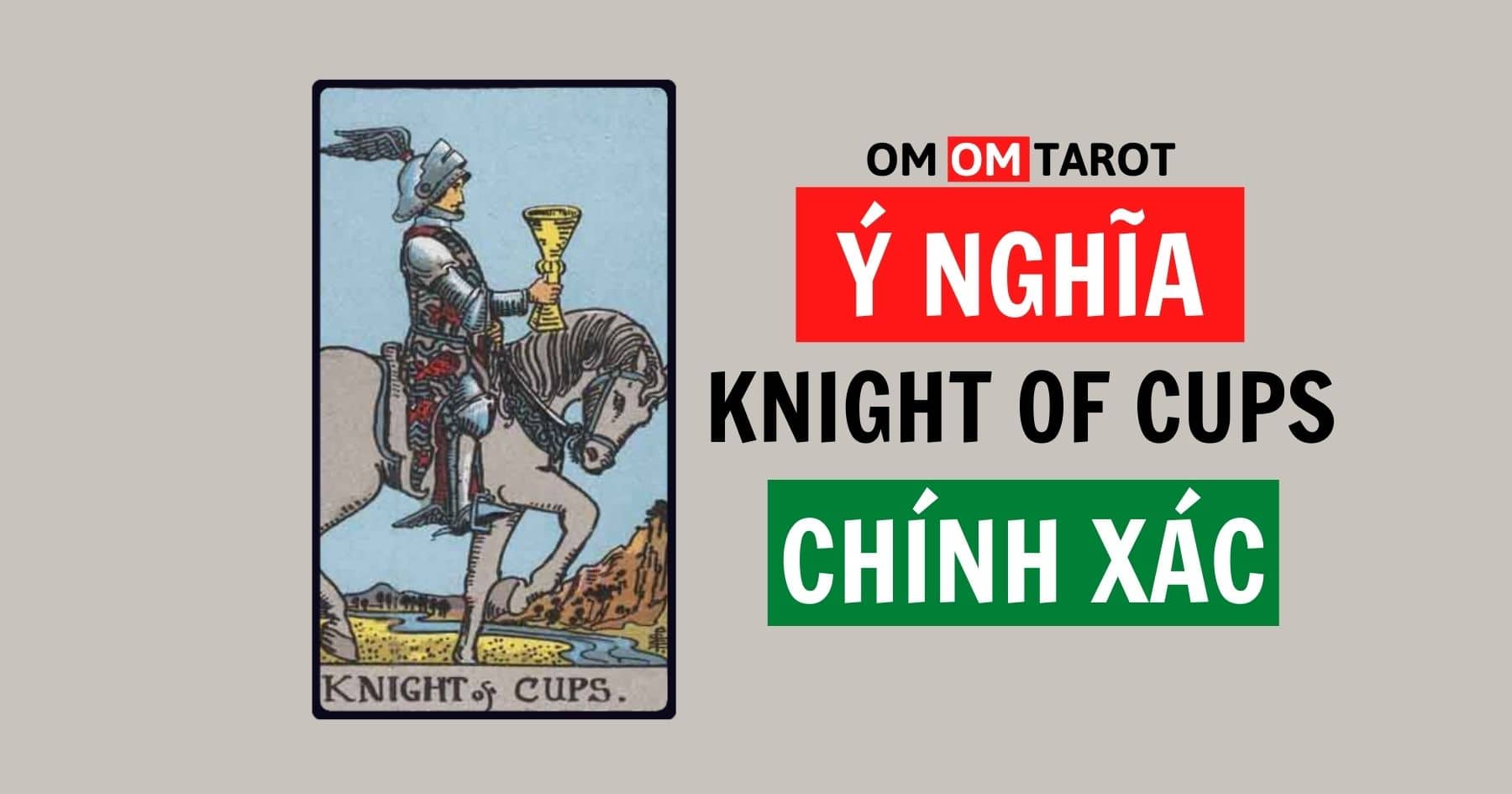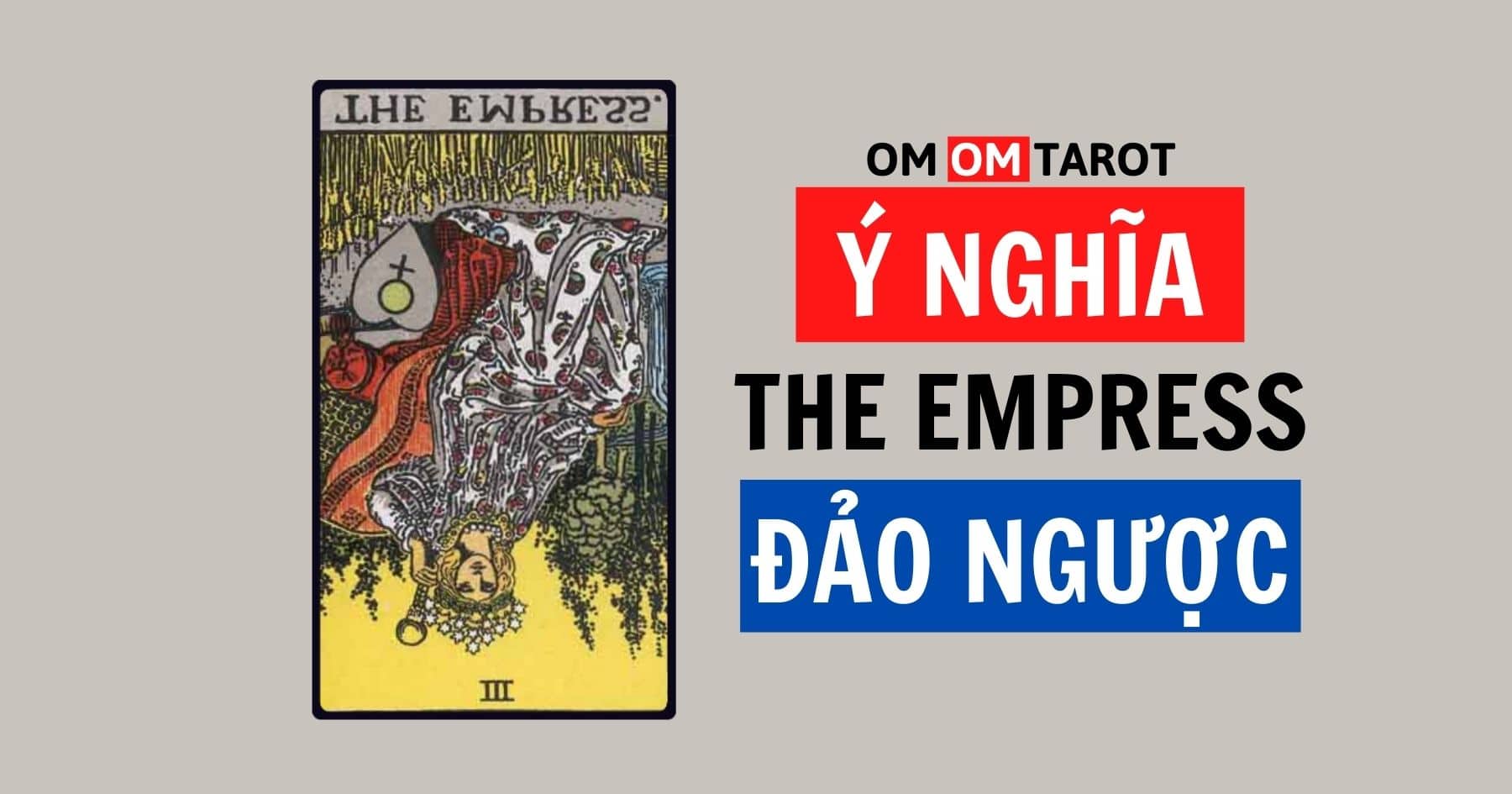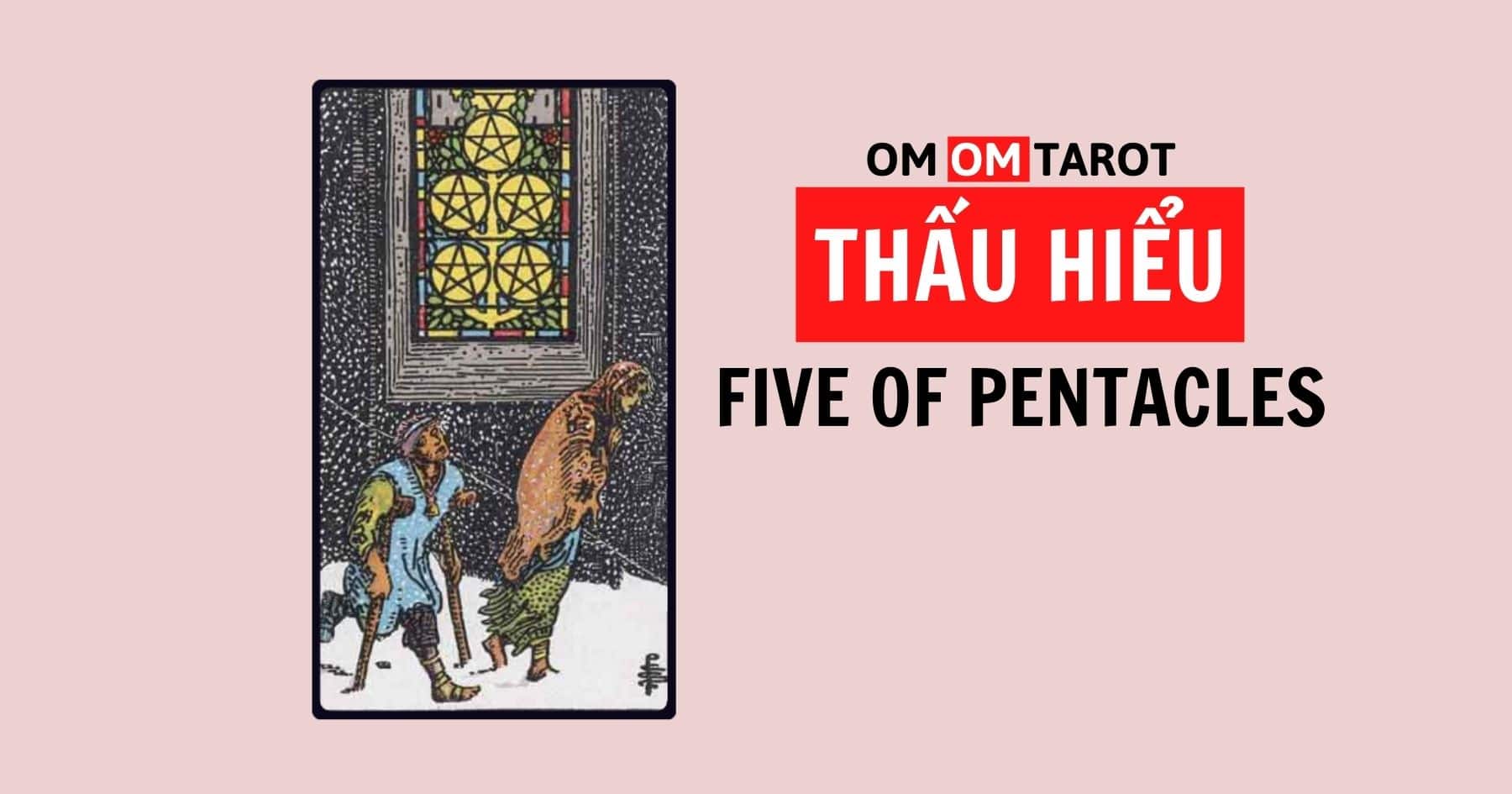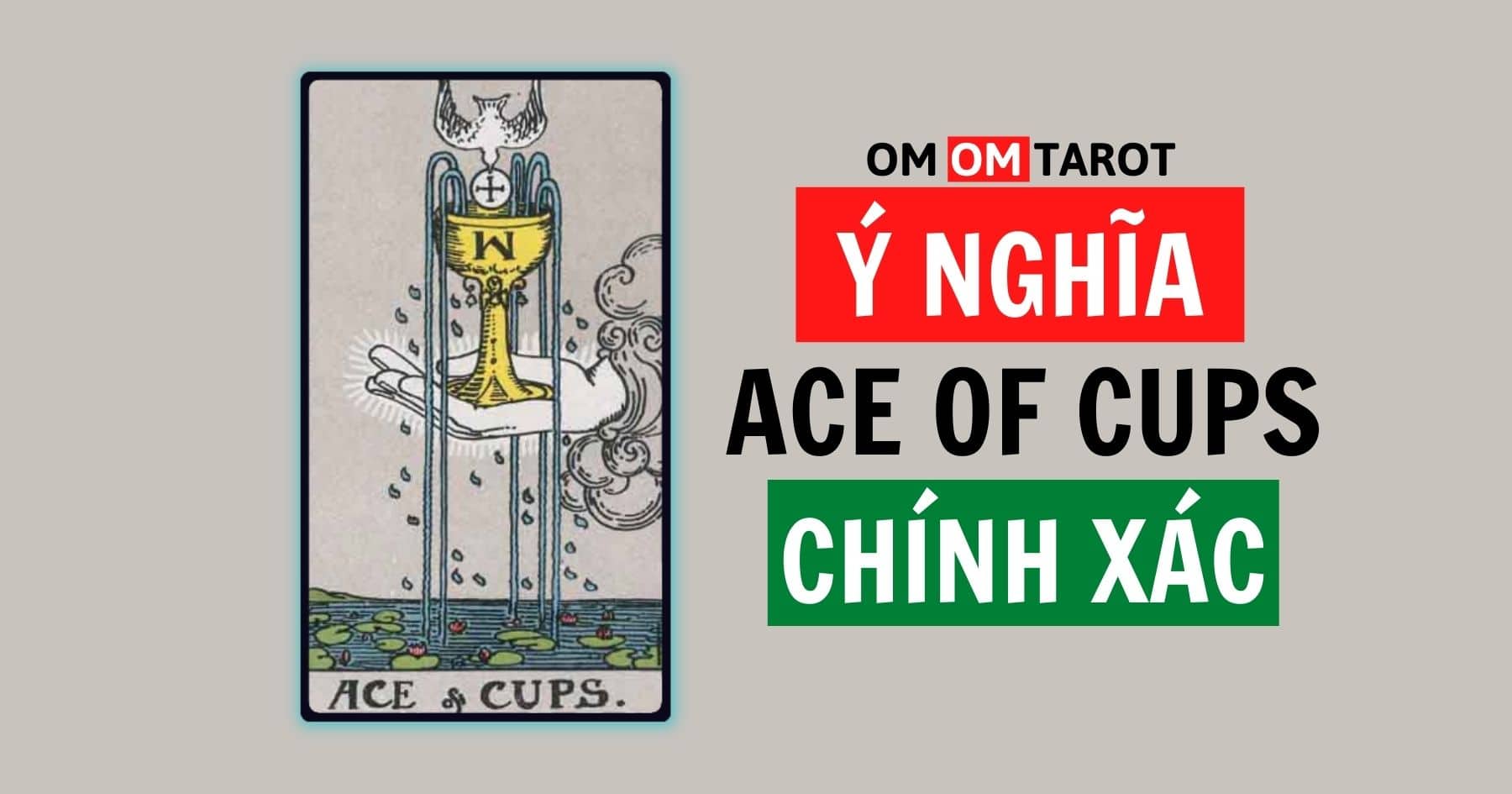Tarot and Earth’s Wisdom: Cultivating Environmental Spirituality and Stewardship
This content explores the deep connection between tarot practices and the innate wisdom of the Earth. It details how engaging with tarot can be a powerful tool for developing environmental spirituality. By examining the insights offered by tarot cards, individuals can cultivate a profound bond with the natural world and foster a commitment to responsible environmental stewardship.
Section 1: Introduction: Weaving Together Tarot, Earth Wisdom, and Environmentalism
This introductory section welcomes readers to an exploration of the profound synergy between the ancient practice of tarot and the timeless wisdom inherent in the Earth. We will delve into how tarot, often seen as a tool for personal introspection, can also serve as a powerful lens through which to view our relationship with the natural world. By examining the symbolism and narratives within the tarot deck, we can uncover deeper connections to ecological principles, foster a sense of environmental spirituality, and inspire meaningful action towards stewardship. This journey invites us to consider how the archetypes and lessons of tarot can illuminate pathways to cultivating a more conscious and reciprocal bond with the planet that sustains us, laying the foundation for a holistic approach to environmental awareness.
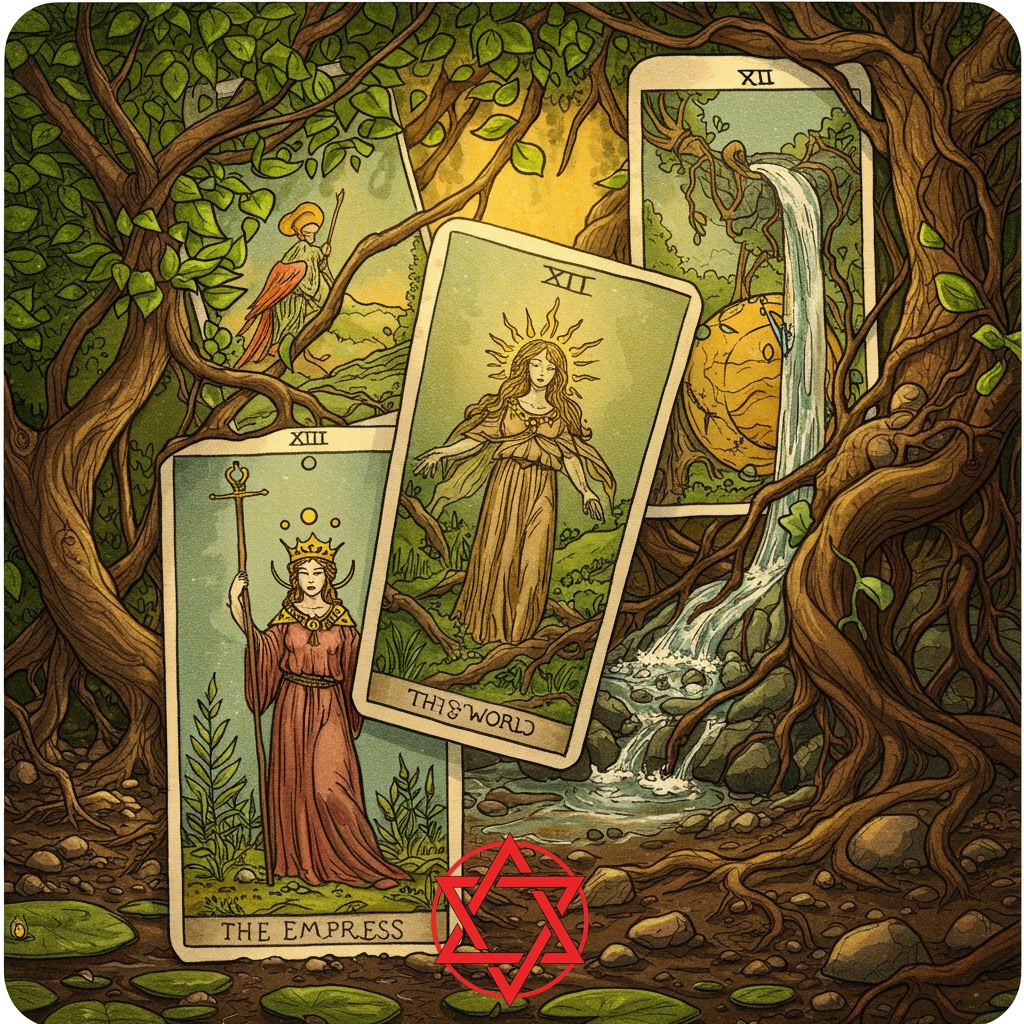
Section 2: Tarot as a Reflection of Natural Cycles and Elemental Wisdom
The structure and symbolism within the tarot deck deeply resonate with the fundamental rhythms and wisdom of the natural world. Many interpret the Major Arcana as reflecting a journey through life’s significant phases, akin to the cyclical nature of seasons, from the potential of spring (The Fool) to the completion and integration of winter (The World). Furthermore, the Minor Arcana suits directly embody the classical elements: Wands represent Fire (energy, passion), Cups symbolize Water (emotions, intuition), Swords correspond to Air (intellect, truth), and Pentacles align with Earth (materiality, grounding). Understanding these elemental correspondences allows us to see tarot not just as a tool for divination or introspection, but as a mirror reflecting the vital forces that shape our planet and our own existence within it, thereby connecting us to Earth’s inherent wisdom.
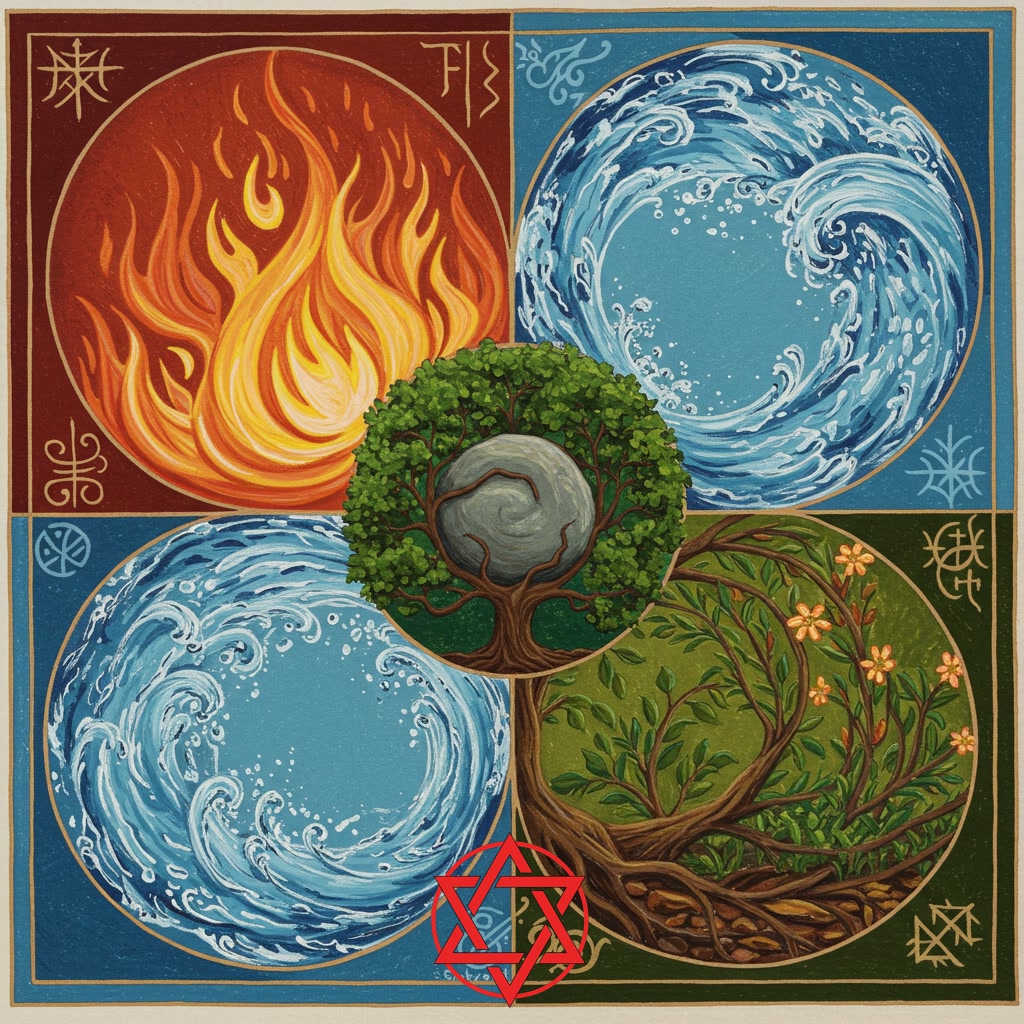
Section 3: Cultivating Environmental Spirituality Through Tarot Practice
Building upon the resonance between tarot structure and natural rhythms, actively engaging with tarot cards provides a tangible pathway to cultivate environmental spirituality. By drawing cards and interpreting them through an ecological lens, practitioners can reflect on themes of growth, decay, interconnectedness, and the elemental forces that mirror processes in the natural world. Specific cards, such as The Empress representing abundance and nature, or the suit of Pentacles symbolizing the material world and Earth, can prompt contemplation on our relationship with the environment. This meditative practice fosters a deeper sense of belonging within the Earth’s systems, shifting perspective from viewing nature as a resource to recognizing it as a sacred entity, thereby nurturing a spiritual bond and inspiring conscious stewardship.

Section 4: Tarot Insights for Understanding and Addressing Ecological Challenges
Building upon the resonance between tarot structure and natural rhythms, actively engaging with tarot cards provides a tangible pathway to cultivate environmental spirituality. By drawing cards and in a reading focused on ecological matters, individuals can gain profound insights into the state of the Earth and the challenges it faces. The rich symbolism and archetypes within the tarot deck serve as a mirror, reflecting complex environmental issues like pollution, climate change, and biodiversity loss in an accessible, intuitive way. A card might reveal underlying systemic imbalances, highlight the need for healing and restoration, or suggest pathways for conscious, sustainable action. This process moves beyond intellectual understanding, fostering an emotional and spiritual connection to ecological problems that inspires a commitment to responsible stewardship and meaningful engagement with the natural world’s wisdom.
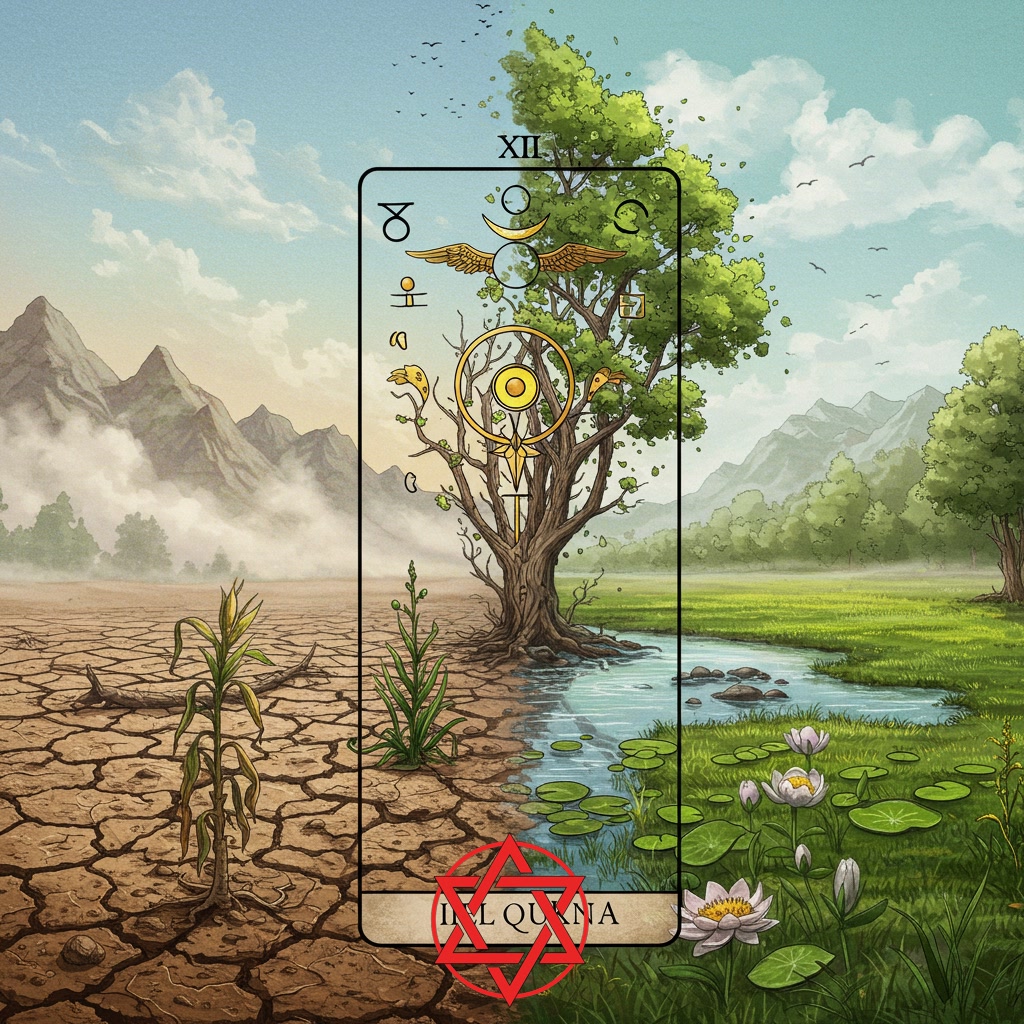
Section 5: From Spirituality to Stewardship: Taking Inspired Environmental Action
Transitioning from cultivated environmental spirituality, guided by the insights of tarot, the next crucial step involves inspired action and dedicated stewardship. When individuals deeply resonate with the interconnectedness illuminated by tarot readings and the rhythms of the Earth, this spiritual connection naturally fuels a desire to protect and nurture the natural world. Understanding the challenges facing our planet through this spiritual lens provides not just perspective, but also the motivation and clarity needed to engage in practical environmental efforts. This section explores how the personal transformation fostered by engaging with tarot translates into tangible acts of care, advocacy, and sustainable living, turning inner wisdom into outward, meaningful stewardship.

Section 6: Integrating Tarot and Earth’s Wisdom in Daily Life and Community
Transitioning from a personal connection, the wisdom gained through tarot can be actively woven into the fabric of daily life and community engagement. This involves practical application of insights derived from card readings to inform choices related to consumption, waste reduction, and support for local ecosystems. Individuals can integrate this practice through mindful walks guided by a card’s theme, using tarot spreads to reflect on community environmental challenges, or incorporating earth-based rituals inspired by tarot archetypes into group activities. Sharing these practices fosters collective stewardship, encouraging dialogue and collaborative action towards environmental well-being within neighborhoods, conservation groups, or educational settings. By making this connection tangible and shared, the spiritual bond with Earth becomes a powerful catalyst for collective responsibility and sustainable living.
